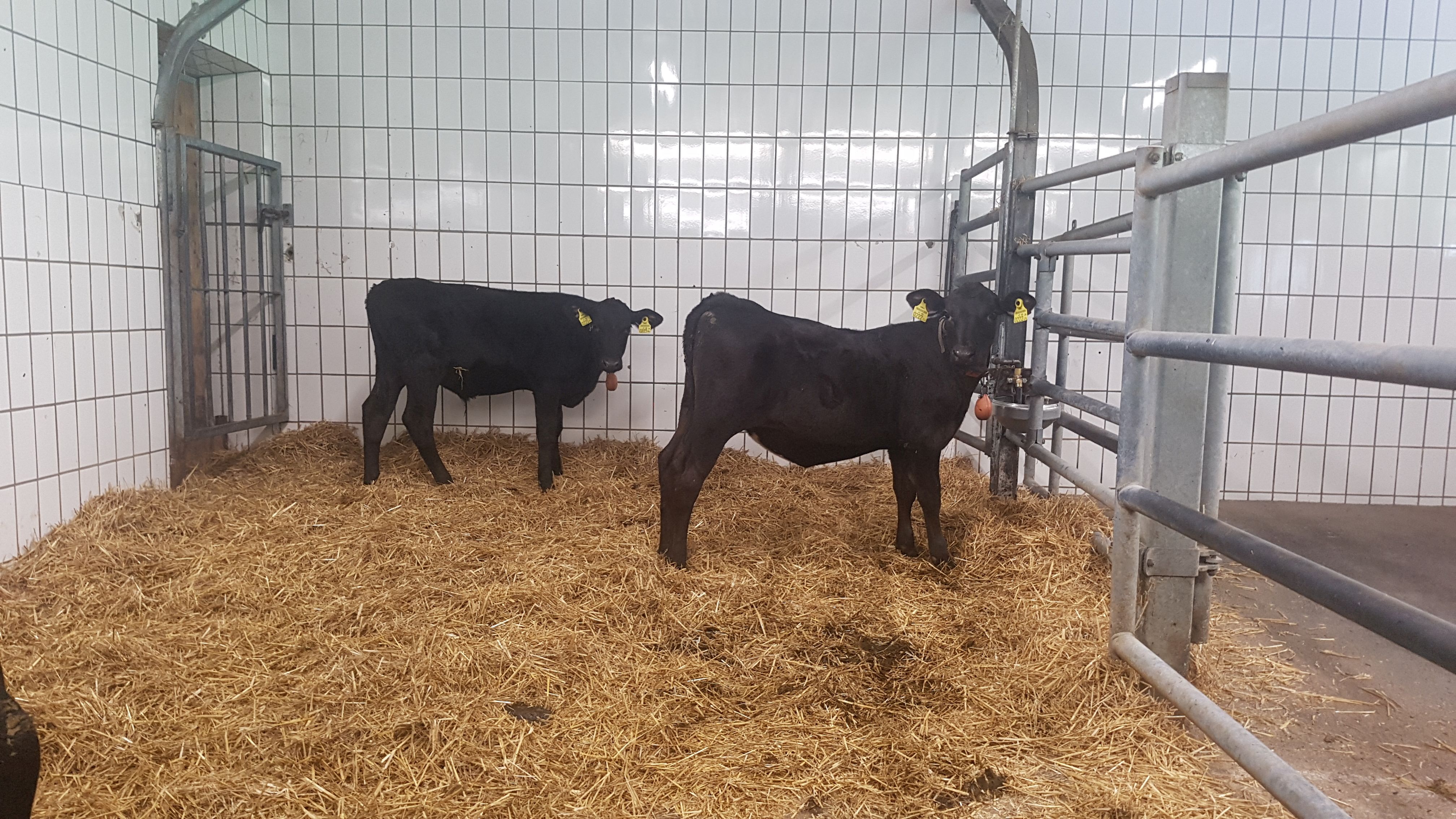Calf transports abroad and veal imports are strongly present in agricultural, media and social discussions. As part of an experiment, the production potential of a “meadow cattle from a dairy breed × meat breed cross” will be examined. The present project contributes to (1) reducing calf exports, (2) fattening cattle from the calf on grassland/pasture with very little use of concentrated feed (feed no food) and excellent product and process quality, and (3) beef production with very good feed and land efficiency as well as greenhouse gas balance.
Intensive work is currently being done in Austria to improve domestic sales of dairy calves and thereby reduce the export of dairy calves. Compared to Simmental cattle and Simmental cross-breeds, calves from dairy breeds are only partially suitable for further fattening (steer, oxen and calf fattening). Calf fattening is one way to improve domestic sales of dairy calves. Several organizations have already launched successful initiatives to increase domestic veal production.
In order to avoid male, milk-focused calves in advance, it is advisable to use sexed semen on dairy farms for cows whose calves are intended for offspring. The remaining dairy cows are then bred with beef bulls. This is where the present research project comes into play.
Experiment with Holstein×Angus and Simmental cattle
The research project of the HBLFA Raumberg-Gumpenstein (Organic Institute and Institute for Livestock Research) deals with the grassland fattening of cross-bred cattle by mating dairy breed cows (Holstein Friesian (HF)) with precocious meat bulls (Angus (AN)) arise. Angus is considered an early-maturing, medium-sized, robust, fertile meat breed, which is said to have sufficient meatiness, good fat coverage and very good internal meat quality, with a relatively low final fattening weight, even when fed extensively.
This “meadow cattle” occupies an intermediate position between young cattle from suckler cow farming and the classic fattening of oxen and calves to higher final fattening weights. Weaned calves of the HF×AN cross and Simmental cattle as a comparison group are fattened from an age of 3 months primarily on grassland feed (hay-grass silage ration or short grass pasture) until just over 1 year old (400 kg final fattening weight).
Data on fattening performance, carcass and meat quality, efficiency, cost-effectiveness and environmental impacts are collected and evaluated.









